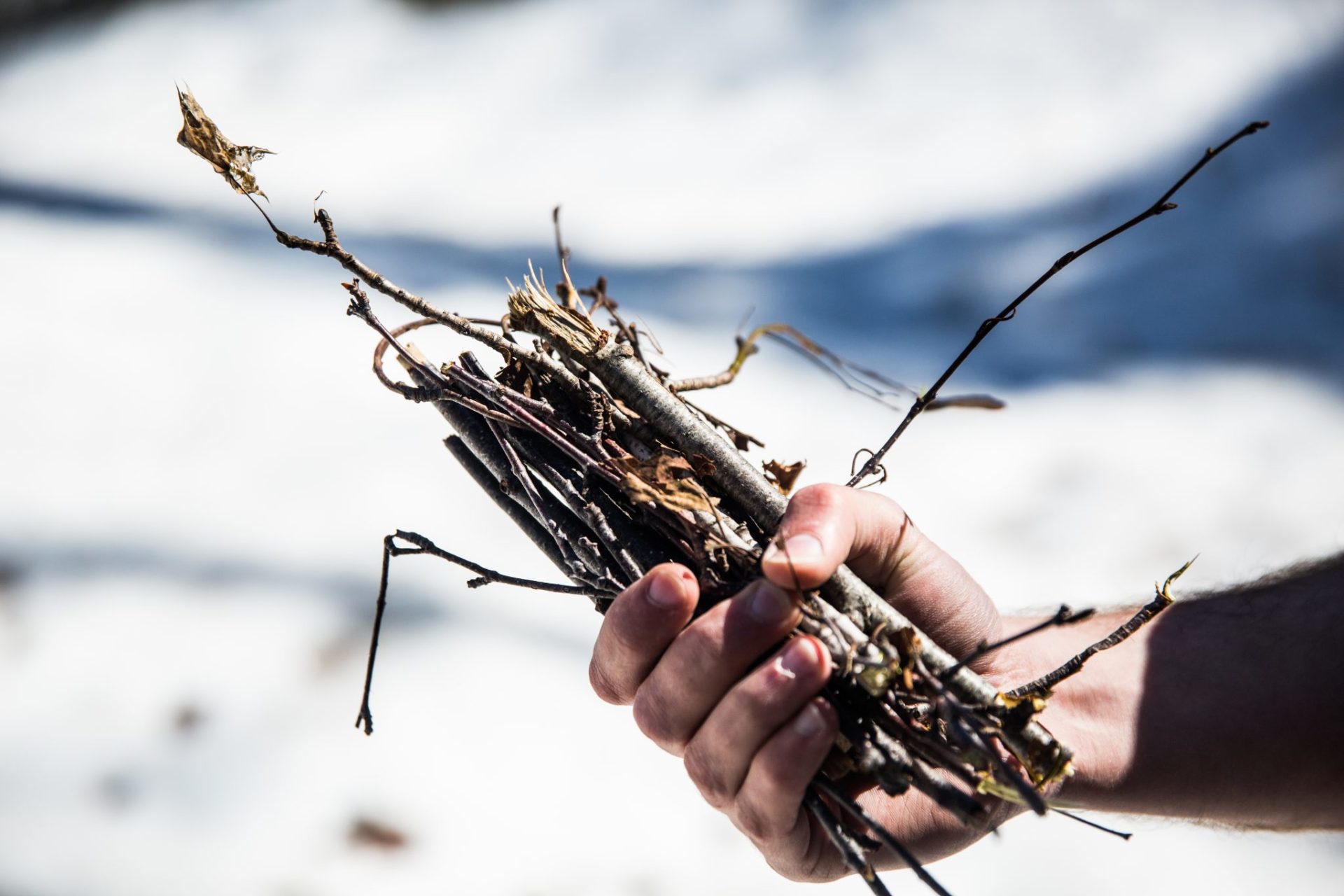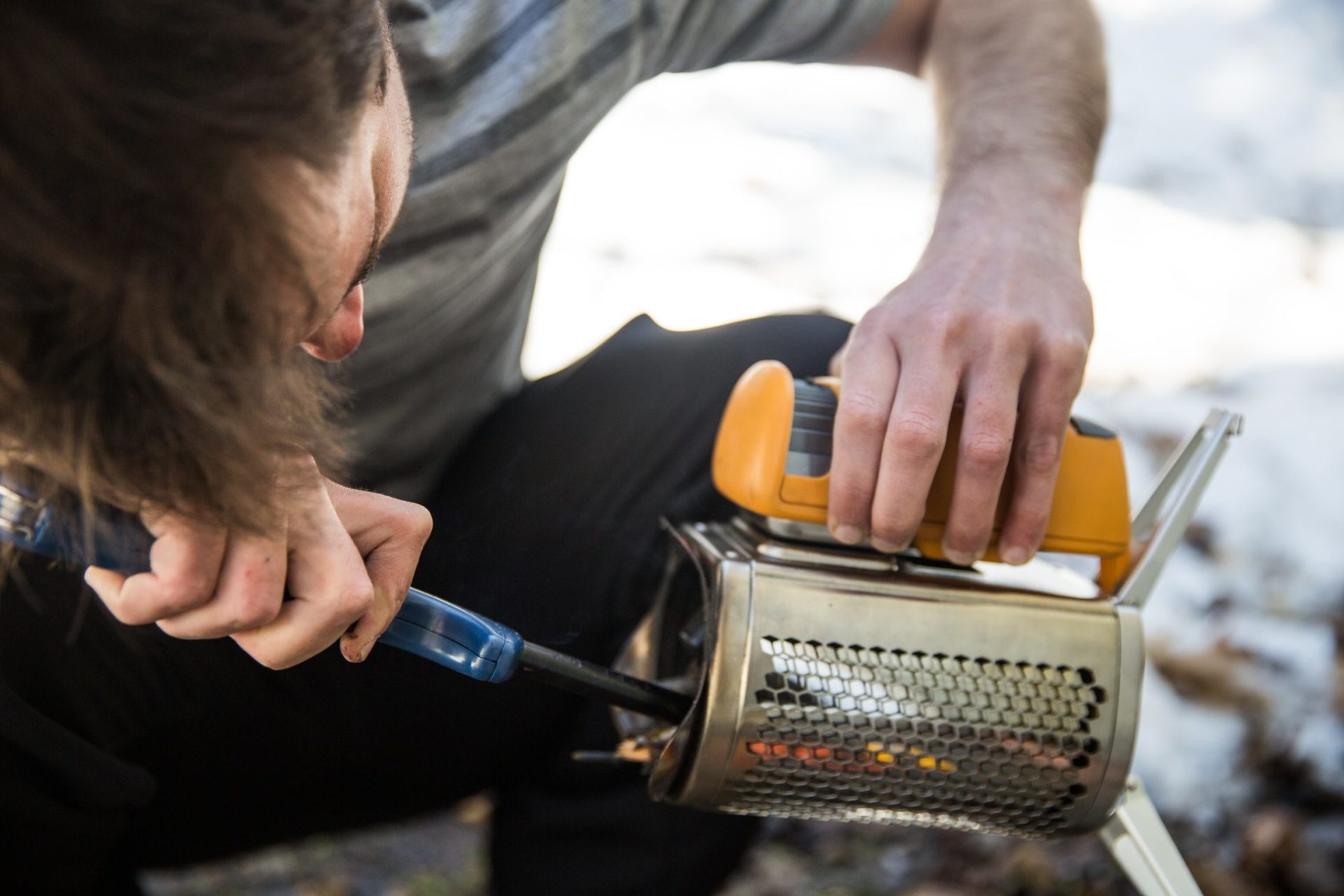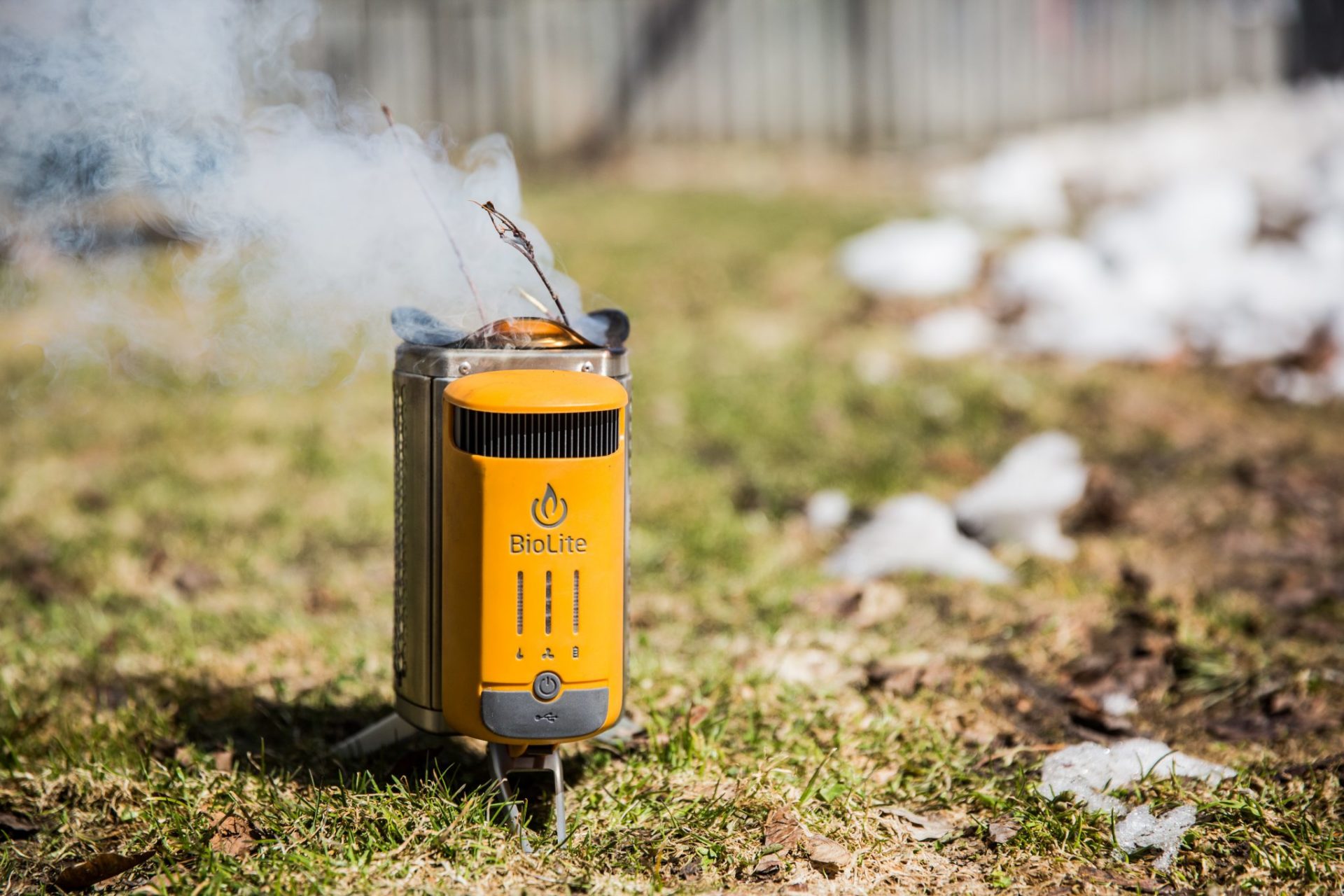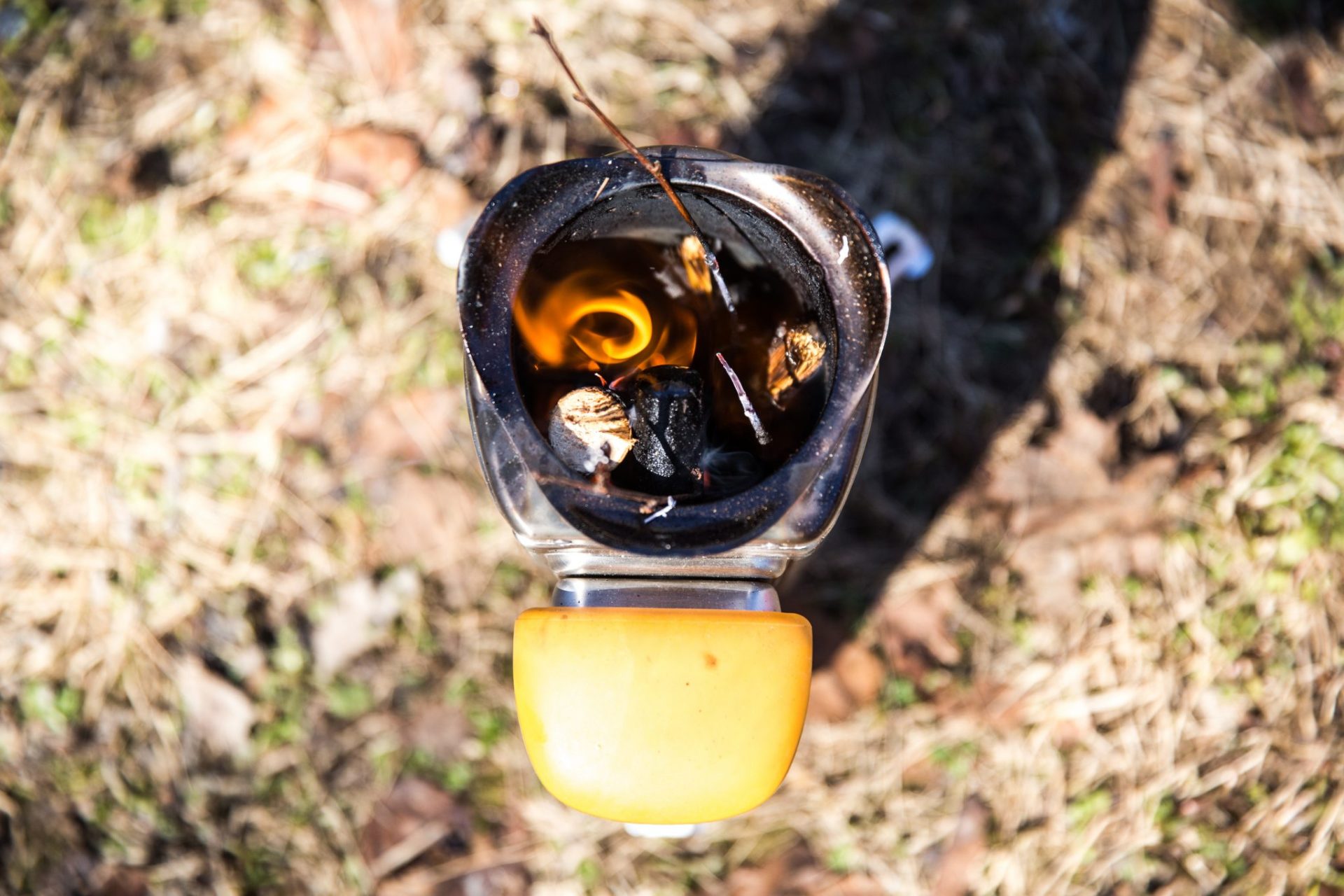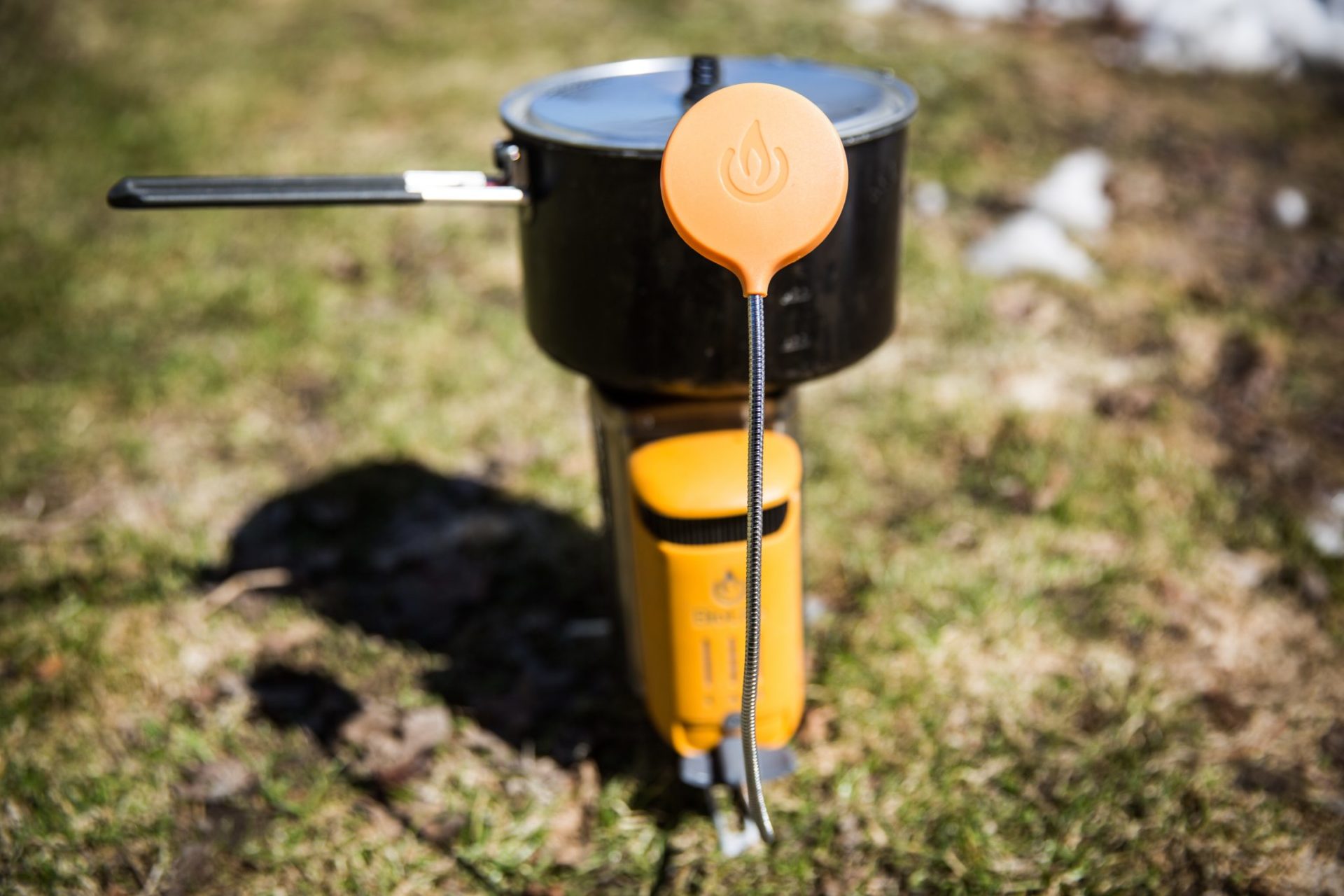So you may have seen this thing all over the internet, or perhaps you’ve heard of it? It’s bioenergy. This stove is not ‘new off the press’… however, I had a difficult time putting it to the test. After trying it in different ways and on different adventures, I’ve come to realize that a Biolite Campstove 2 can be great for specific uses.
It’s great if you are an eco-friendly adventurer living in a dry climate where you have dry sticks available to you. It’s great if you’re a lover of bioenergy (in this case, using sticks to fuel your stove) who doesn’t mind spending the extra money on small wood pellets even if you don’t live in a ‘dry climate’. Then perhaps Biolite is for you.
I feel as if this could be particularly good for someone who canoes or kayaks who can bring dry sticks with them and not have to worry about the additional weight of the stove. Note that: if you are this type of adventurer, this stove is best for bioenergy cooking use only — you will not be able to charge your phone in an efficient manner.


